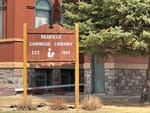As part of its in-depth look at the state of higher education in the state, South Dakota News Watch made contact with students who experienced learning during a pandemic close up.
Here are three of their stories.
Making frugal financial choices
Sydney Becker, 19, is a graduate of Lincoln High School in Sioux Falls who has placed practicality and financial stability high on her list of priorities in obtaining a college degree.
Becker graduated a semester ahead of her high school senior class and used the spring months of 2019 to work and save up for her freshman year.
She toured the University of South Dakota campus in Vermillion and “instantly fell in love,” but decided to create options by also touring the university center community college campus in Sioux Falls. She was impressed with the smaller footprint of the USD satellite campus and what she learned would be fewer students in each class compared with the main campus.
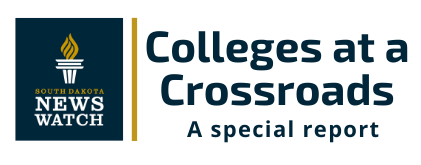
Enrolling at the center would also allow her to live at home and keep earning money while working at the St. Francis House homeless shelter in Sioux Falls.
Nearly two years later, the savings have been significant. Instead of paying about $26,000 a year to attend USD full-time and live on campus, Becker pays about $9,000 a year for the same credit load at the university center. She receives about $5,000 a year in federal student aid and is able to pay the remaining $1,900 per semester in cash.
“That had a big impact on me,” Becker said. “Thinking about $26,000 a year times four — I don’t want to get out of college and worry about all that debt.”
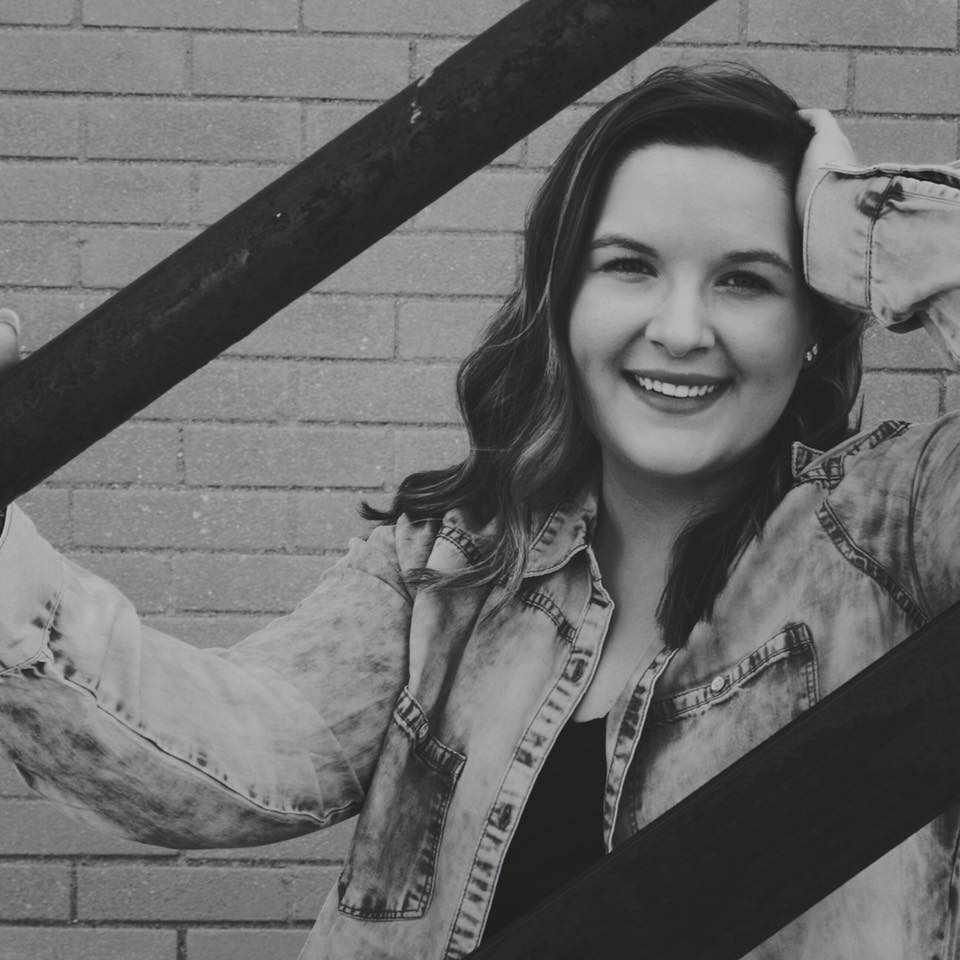
Becker also learned from her older brother, who attended in person at St. Cloud University in Minnesota and has graduated with a radiology degree but also a hefty monthly student-loan payment.
Becker, who is studying business administration and sociology, has taken a mix of in-person and online courses at the university center and has had success in both formats.
She has made valuable connections with instructors both in person and online, and said the value of online courses rises as professors and students gain more experience in using the technology to teach remotely in an effective way.
“It just really depends on the teacher,” she said. “Some in-class teachers do the bare minimum, while some online teachers go above and beyond because they know it is an online course.”
When the pandemic hit, Becker enrolled solely in online courses for safety reasons.
“I don’t want to put my parents at risk, who are at higher risk in the pandemic, and to possibly affect the people I work for and with,” she said.
Online discussion groups allow her to engage with her peers if she has questions about lesson plans or assignments. Online courses also allow more flexibility as to when assignments are due, often allowing her to turn them in on weekends — which is useful to Becker, who continues to hold down a job during her studies.
After seeing the financial rewards of staying in Sioux Falls, and becoming more comfortable with online learning, she now intends to complete her degree at the satellite campus and buy a house during her junior year.
Becker, who described herself as a highly determined student who kept mostly to herself in high school, said she has not longed for the social aspects of living and taking classes on a busy campus with thousands of students her own age. Online learning has allowed her to focus on her coursework and avoid distractions that might arise on a big campus, she said.
Smaller class sizes at the university center have allowed her to establish relationships with professors even though she is learning online. One example, she said, is that her sociology professor encouraged her to sign up for a student honors program once she qualified, and to see the $65 registration fee as money well spent to add that honor to her resume.
“I am very happy with the decisions I made,” Becker said. “I love the teachers here [in Sioux Falls]. They’re so nice and they actually know you by your name, and they’ll email you directly if something comes up that you need to know.”
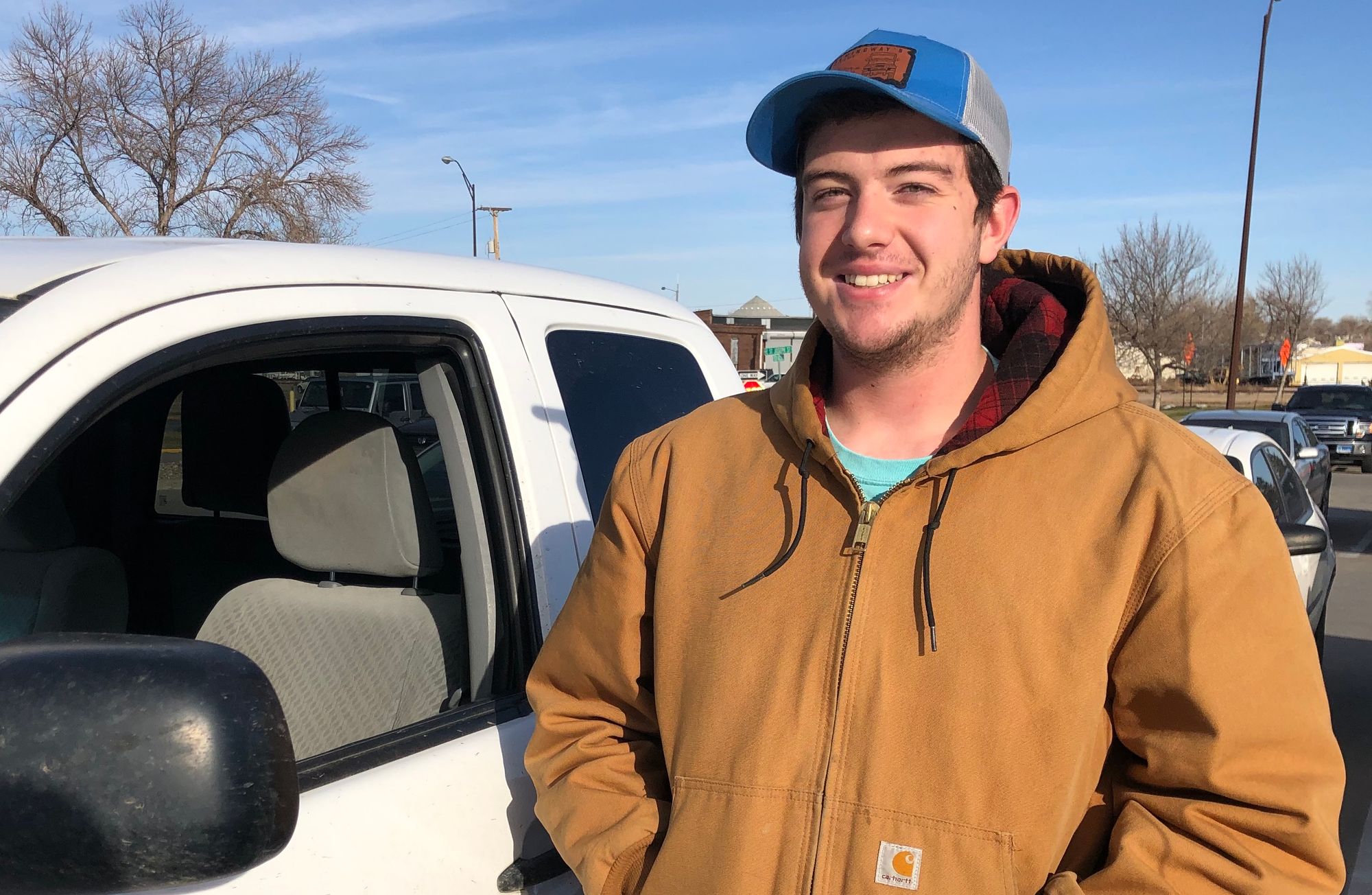
Surviving COVID-19 and an unusual semester
Andrew Ward saw his fall semester at the School of Mines in Rapid City upended for a time when he battled a COVID-19 infection. Ward, 20, a Wisconsin native, had a fever and cough for a few days and then quarantined for two weeks after that to avoid spreading the virus.
Ward said he was not put off by the shift in how teaching in the mechanical engineering program was delivered at Mines during the pandemic. Most of his classes this fall were presented in a hybrid fashion, with a mix of a few in-person meetings in classrooms and lessons delivered by videos or through the Zoom online format.
Ward, who moved to South Dakota and enrolled at Mines because family members had attended in the past, said the video components in his courses allowed him to rewatch lessons to strengthen his understanding.
“I think it definitely gives you a good impression of what online classes can be,” he said.
He said he felt professors were generally committed to using the online format as best they could.
“I think the hybrid classes are still a lot of work for the professors to make all the videos and hold the Zoom classes,” he said. “They might not be in person, but some classes that don’t require labs don’t really need to be in person.”
However, Ward said he and other students were pleased to hear that the Board of Regents had frozen tuition for the 2020-21 academic year, not just to avoid paying more but because he felt the overall value of his education was slightly diminished amid the pandemic.
“Some of us were really relieved because we didn’t see the logic in raising tuition if we were going all online,” Ward said. “I could actually see a point to reduced tuition if most classes go online.”
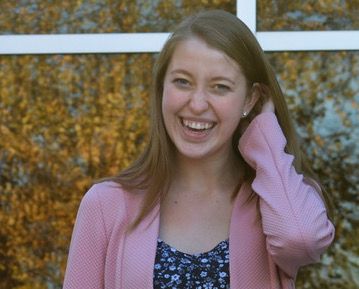
Seeing the good in a bad situation
Augustana University junior Jenifer Fjelstad has looked at the pandemic and its impacts on the fall semester at the Sioux Falls private college as a challenge but also an opportunity to deepen her appreciation for campus life before COVID-19.
Fjelstad, a journalism and French double major from Groton, S.D., said she was surprised at how well the university community adapted to COVID-19 and the new normal it necessitated. She said that after a month or so, wearing masks stopped bothering her, and watching some classes over the Zoom platform also took on a level of normalcy.
Fjelstad said she was also impressed to see how students banded together to keep one another safe.
Attending some classes via computer was somewhat less satisfying, Fjelstad said in an email to News Watch.
“On Zoom, it’s easy, almost too tempting, to be on your phone, zone out, or be multitasking,” Fjelstad wrote. “Being in person invites students to pay more attention and remember the material more.”
Too great a shift toward online learning in the future could reduce the value of higher education, Fjelstad said. But she added that the pandemic has set the stage for an effective hybrid style of learning that includes both online interaction and technology but also in-class experiential learning.
“I think the new way of learning has opened a door to more inclusive learning in the hybrid-flex model, but this time has also shown that face-to-face classes are still as important as ever,” Fjelstad wrote.
If anything, enduring the challenges of a pandemic-infused semester has made Fjelstad even more appreciative of the intangible benefits of college life and learning.
“I feel that when I am seeing my professors, connecting with my classmates, using workout facilities, studying in academic buildings, and participating in clubs and events, that’s when I’m actually getting the most of my education,” she wrote. “Once bits of that start getting taken out, the value starts to decline.”
Fjelstad said she is eager to return to the full on-campus experience without the threat of the coronavirus as soon as vaccinations become widespread and effective.
“I think everyone’s social lives suffered from the pandemic,” Fjelstad wrote. “Students are conscious of limiting their ‘bubble,’ which means we aren’t having as many spontaneous, large-group, or acquaintance connections. Being back on campus this fall reminded me just how much value socializing adds to college.”

